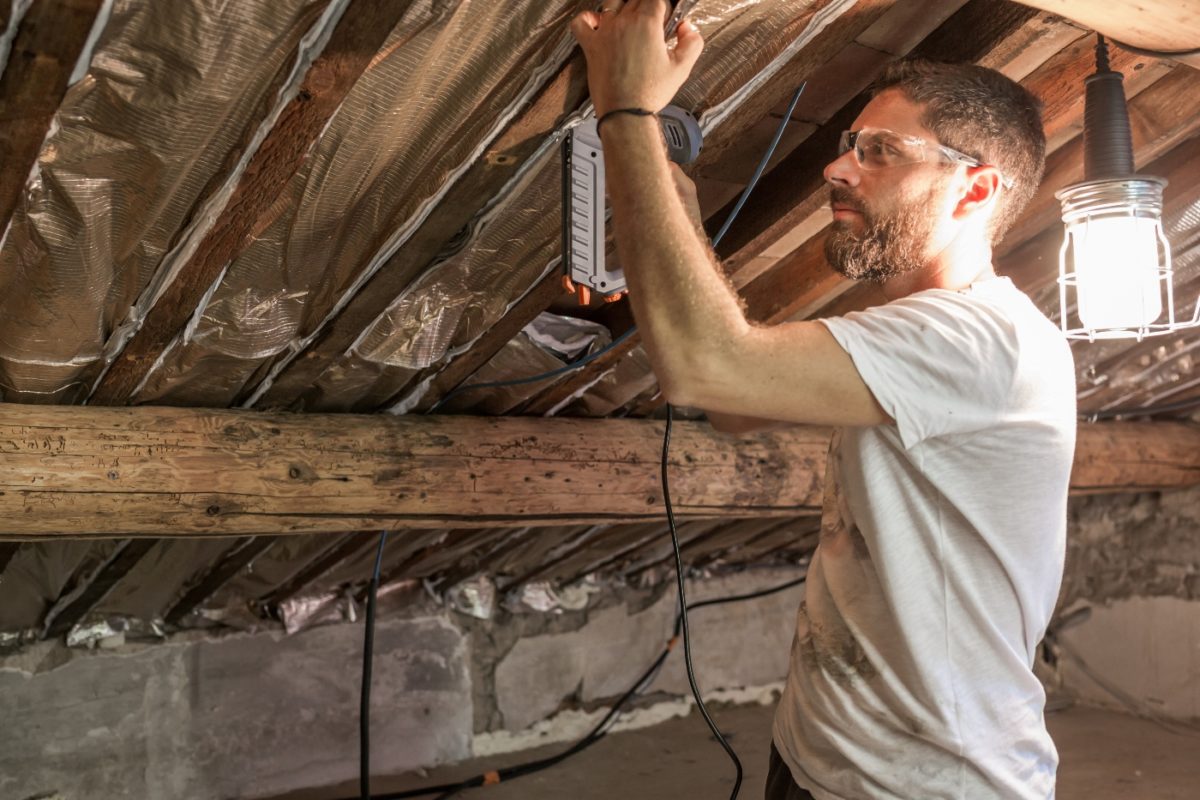 In our six-part series on energy optimization, we’re introducing five pivots in strategy that can shift the building sector into being an accelerator of climate action and a valuable grid asset. Traditional energy efficiency efforts designed to cut energy waste while increasing performance have done more than any other climate solution to preserve 2030 climate stabilization pathways as viable options. But status quo progress risks jeopardizing our ability to reach those 2030 results. The climate challenge demands bigger payoff strategies—the building sector not excepted.
In our six-part series on energy optimization, we’re introducing five pivots in strategy that can shift the building sector into being an accelerator of climate action and a valuable grid asset. Traditional energy efficiency efforts designed to cut energy waste while increasing performance have done more than any other climate solution to preserve 2030 climate stabilization pathways as viable options. But status quo progress risks jeopardizing our ability to reach those 2030 results. The climate challenge demands bigger payoff strategies—the building sector not excepted.
All-electric buildings give residents cleaner air to breathe and a home less likely to be dangerous, and provide the most efficient way to heat and cool their homes.
The first of these, covered in our previous post, is to electrify the built environment today, switching away from appliances that light fossil fuels on fire (gas, propane, and heating oil) inside buildings. This move helps people, not just climate change: All-electric buildings give residents cleaner air to breathe and a home less likely to be dangerous, and provide the most efficient way to heat and cool their homes.
Some cities in California, such as Berkeley, Carlsbad, Windsor, San Mateo, Menlo Park, and San Luis Obispo, already are updating their building or health and safety codes to electrify new buildings. But even if every new building went all-electric starting today, we’d still have a vast stock of existing buildings that need updating—given they account for over 90 percent of energy-saving potential by 2030.
With this in mind, the second strategic pivot is to expand finance inclusively to jumpstart the retrofit market, with the goal of increasing deep retrofit rates to 5 percent of all buildings annually by 2030. That means catalyzing new market investments to fund this century’s massive upgrade job. Such a national upgrade project could create broad-based, high-quality jobs all over the country—already, 2.25 million Americans work in energy efficiency and that number is growing. But the cost of such a national retrofit program exceeds what we currently spend on efficiency and even what is fair for regulated utilities to shoulder alone.
Deep retrofits are more extensive than screwing in a light bulb: They require a (professional) helping hand to upgrade your heating and cooling system, or ensure a building is insulated and ventilated to optimize energy use. But the good news is: In many cases, a one-two punch can often cut a building’s energy use by more than half by going straight to those big ways to save energy—recycling the heat before air leaves your building, and using heat pumps.
To ignite the retrofit market, we must both decrease the cost of retrofits and expand funding. In the case of upgrading businesses, Energy Service Companies (ESCOs) are commercial and non-profit businesses that can provide up-front capital to launch an energy-saving project in another business and share in the monetary savings. In one study from Lawrence Berkeley National Lab, there is potential to grow the market for big ESCOs from $7.6 billion in 2017 revenue to more than $300 billion. With smaller residential projects, one way to jumpstart the market is by aggregating demand, combining several homes into one retrofit project to achieve economies of scale and attract capital at scale.
Expanding utility funds to upgrade buildings, and inclusively so, is critical. For example, financing home improvements through utility tariffs—which don’t saddle people with additional debts or property liens—presents a compelling opportunity to help Americans afford the home energy upgrades they deserve. Working through utility tariffs also enables us to treat buildings like the utility assets that they are, which opens up potential to make energy upgrades a core part of the utility business. These efforts are currently helping rural populations in the Southeast, Midwest, and Northeast. In order to reveal the full value of energy optimization, we also need to capture the non-energy benefits of optimized buildings: increased property value, health benefits, and employee productivity.
In addition to utility funds, we will need to deploy capital from real estate capital markets. For example, Fannie Mae has issued more than $50 billion in green bonds aimed at improving the energy and water efficiency of multifamily properties, making it the largest issuer of green bonds in the world for the past two years. Among Real Estate Investment Trusts and portfolio managers, interest in sustainability is increasing because it reduces building expenses and creates asset values on the order of tens of billions of dollars.
Unlocking more dollars to finance a national upgrade project is inherently unstable if done on the backs of consumers who can hardly manage $400 monthly budget hits, let alone the cost of a deep upgrade. The path to driving large-scale investments into people’s homes and businesses requires revealing and monetizing the many benefits of deep upgrades to unlock these new sources of capital. Expanded access to energy data, smart appraisals, and established certifications or benchmarks all help illuminate these value streams—many of which we’ll cover in the remaining three posts on strategic pivots that can help reposition buildings to accelerate our climate progress.